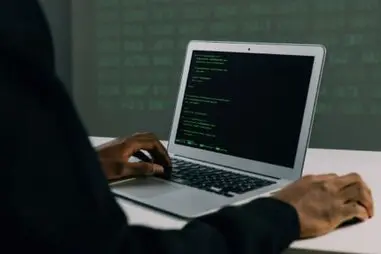TL;DR
Imagine sending a secret letter in a high-tech, unbreakable safe that only you and your friend can unlock. Even if someone intercepts the safe along the way, they won’t be able to see its contents because they lack the special key. That’s the magic of end-to-end encryption! It’s like having a personal vault for all your digital messages, emails, and files. No nosy parkers, hackers, or even service providers can peek inside. This means your private chats and sensitive data remain exclusively between you and the person you trust, offering top-notch privacy and security for your everyday communications.
Details for the Techies
End-to-end encryption (E2EE) employs advanced cryptographic protocols to protect data from unauthorized access throughout its journey. When data is sent, it is encrypted at the source using keys that are exclusively known to the communicating parties—often leveraging asymmetric encryption methods, where a public key is used for encryption and a private key for decryption. This design ensures that even if data traverses multiple intermediary servers or networks, it remains inaccessible to any unauthorized entity. Modern E2EE implementations, such as those using the Signal Protocol, may also incorporate perfect forward secrecy, which safeguards past communications even if long-term keys are compromised. These encryption schemes are vital in preventing man-in-the-middle attacks and unauthorized surveillance. Proper key management and continual updates to cryptographic standards are crucial to counter evolving security threats. For further insights, explore Microsoft Security Compass on Encryption and IBM Cloud Learn: End-to-End Encryption.

